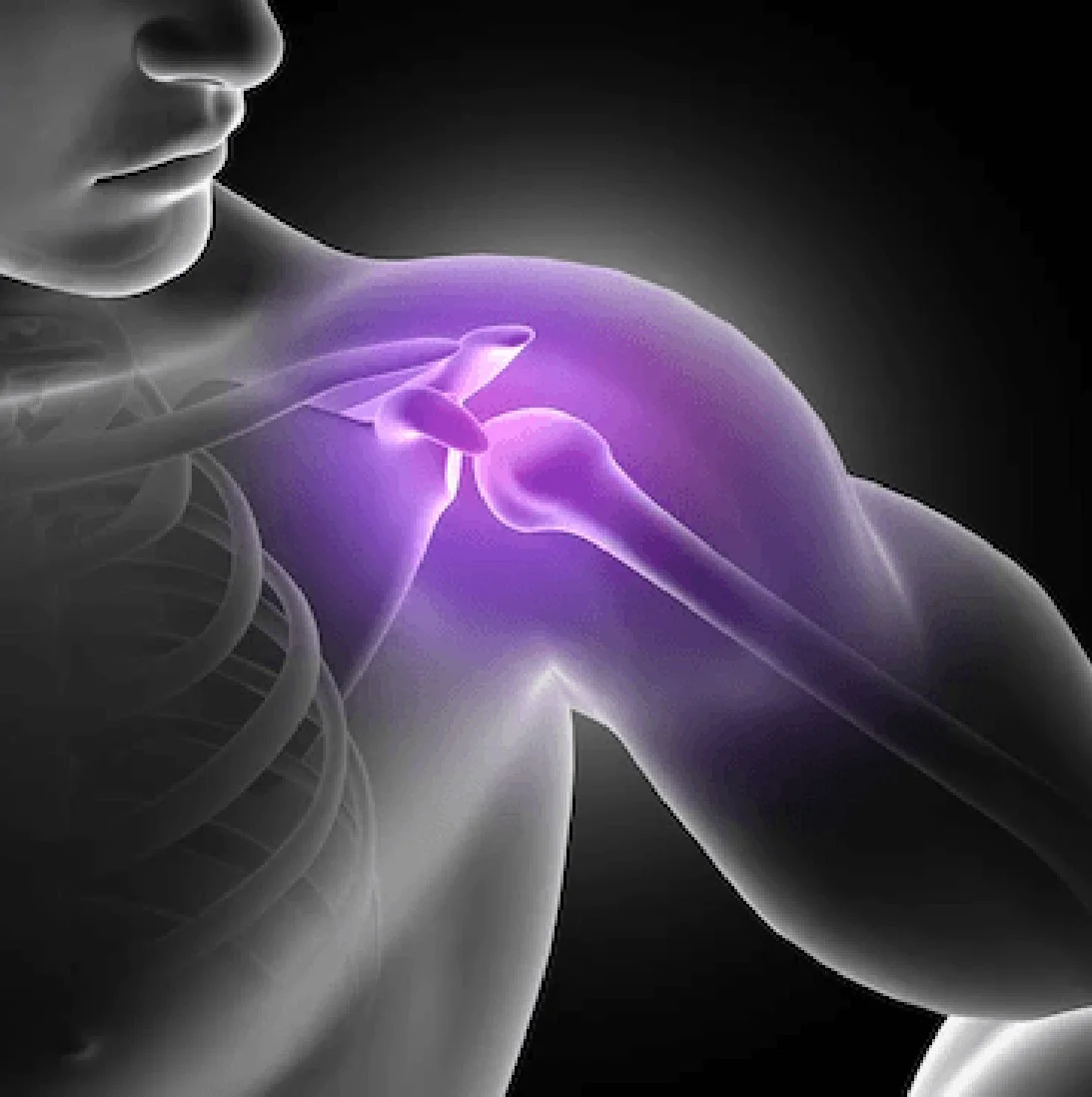
Department of Orthopedics and Joint Replacement
Welcome To Gangasheel Hospital
What is Shoulder Dislocation ?
A shoulder dislocation is an injury in which the humerus protrudes out of the cup-shaped socket that is part of the shoulder blade. The shoulder is the most mobile joint in the body and is prone to dislocations.
Seek immediate medical attention if you suspect a shoulder dislocation. Most people will have full shoulder use within a few weeks. However, when the shoulder dislocates, the joint tends to dislocate repeatedly.
- Visible deformity or dislocation of the shoulder
- Swelling or bruising
- Severe pain
- Unable to move the joint
A dislocated shoulder can also cause numbness, weakness, or tingling near injuries such as the neck. Or put your arm down. The muscles in the shoulder may spasm and the pain may increase.
- The shoulder joint is the most dislocated joint in the body. Because the shoulder moves in multiple directions, it can dislocate forward, backward, or downward. It can dislocate completely or partially.
- Most dislocations occur in the front of the shoulder. The ligaments (the tissues that connect the bones) in the shoulder can be stretched or torn, often making dislocations worse.
- Removing a bone requires a lot of force, such as a sudden blow to the shoulder.
- Excessive twisting of the shoulder joint can cause the ball of the humerus to pop out of the shoulder joint. In a partial dislocation, the humerus lies partly inside and partly outside the scapula.
Causes of dislocation of the shoulder are:
- Sports injuries: Shoulder dislocations are common injuries in contact sports such as soccer and hockey. It is also common in sports where falls are possible, such as skiing, gymnastics, and volleyball.
- Non-sporting injuries: If you hit your shoulder hard in a car accident, you may dislocate it.
- cases: Awkward landing after a fall. B. Descending from a ladder or tripping over a loose rug can dislocate the shoulder.
To prevent dislocation of the shoulder:
- Take care to avoid falls and other shoulder injuries
- Wear protective equipment when playing contact sports
- Maintain strength and flexibility of joints and muscles Exercise regularly to prevent dislocation of the shoulder joint may increase the risk of future shoulder
- dislocations: Continue the strength and stability exercises prescribed for your injury to prevent recurrence.
- Close reduction: This procedure allows the shoulder bone to return to its original position with a few gentle manipulations. Less commonly, a general anesthetic may be given. When the shoulder bones return to their original position, the severe pain should quickly subside.
- Surgery: Surgery can help people with weak shoulder joints and ligaments who have repeated dislocations of the shoulder despite strengthening and
- Rehabilitation: Rarely, damaged nerves or blood vessels may require surgery. Surgical treatment can also reduce the risk of reinjury in young athletes.
- Immobilization: Wearing a special splint or sling for several weeks after closure reduction may immobilize the shoulder until it heals.
- Drugs: Painkillers and muscle relaxants can provide comfort while the shoulder heals.
- Rehab: When splints or slings are no longer needed, a rehabilitation program can restore shoulder range of motion, strength, and stability.
A fairly simple shoulder dislocation without major nerve or tissue damage is likely to improve in a few weeks.
Yes, Shoulder Dislocation treatment is available in Bareilly at Gangasheel Hospital by the team of expert Orthopedics in the city.
